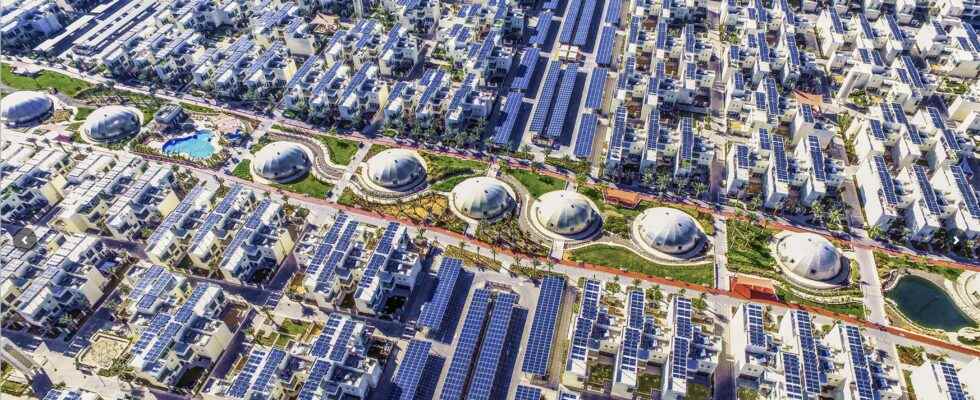“One day, my jacket slipped from my bag. Two hours later, I returned to the place where I thought I had lost it. A passer-by had folded it up and put it on a bench: it was waiting for me!” says Clementine. In Dubai, this anecdote is not surprising. In the emirate, security is undeniable. “I let my 16-year-old daughter go out at night and take an Uber without the slightest worry,” says this expatriate father five years ago. If some describe an ultra-supervised society, others answer: “If we have nothing to reproach ourselves for, what is the problem?”
Add to that an efficient education system, quality health care, undeniable cleanliness, attractive taxation and… the beach. Result ? Dubai ranks on the podium of the cities where it is good to live in the Middle East – neck and neck with Abu Dhabi – according to the 2022 ranking of the EIU, published by The Economist. Surprising? Not that much. Past the image of excess, the emirate is distinguished in particular by its history, which is certainly recent, but still visible – for those who want to linger there -, by its capacity for innovation… and for questioning.
Objective: to become the most sustainable city in the world by 2050
Skiing on sand, jet-skiing, luxury shopping centres… Clichés? Nathalie van de Vrede gets rid of it. Based in Dubai for twelve years, the Frenchwoman – founder of My Tour Studio – is keen to reveal the authentic face of the city, at least its assets. And to discover, among other things, an unknown part of the emirate: ecology. Because if Dubai is not exemplary on this chapter, it gives itself the means of its ambitions: to become the most sustainable city in the world by 2050.
We thus discover Sustainable City. Launched in 2016 by the private group Diamond Developers, this neighborhood of some 2,700 residents includes 500 villas and 89 apartments spread over 46 hectares. Photovoltaic car park, green paths, biodomes, passive air conditioning inspired by wind towers, etc. Objective: achieve net zero emissions. Here, the community spirit prevails, especially within the reception center for autism.
In the heart of the desert, 50 kilometers south of Dubai, a solar farm has taken shape. By 2030, the Mohammed-bin-Rashid-al-Maktoum park will include 11 million photovoltaic panels over 77 square kilometers. Other examples: the Al-Shera’a tower, which will host the headquarters of Dewa, the Dubai Electricity and Water Authority, described as the most important positive energy building in the world by its owner; or Bustanica, the largest vertical farm on the planet. Inaugurated at the beginning of the year, the Museum of the Future projects visitors to 2071, exactly one hundred years after the founding of the United Arab Emirates. A way to discover the ambitions of the city-state… and to get rid of certain prejudices.
